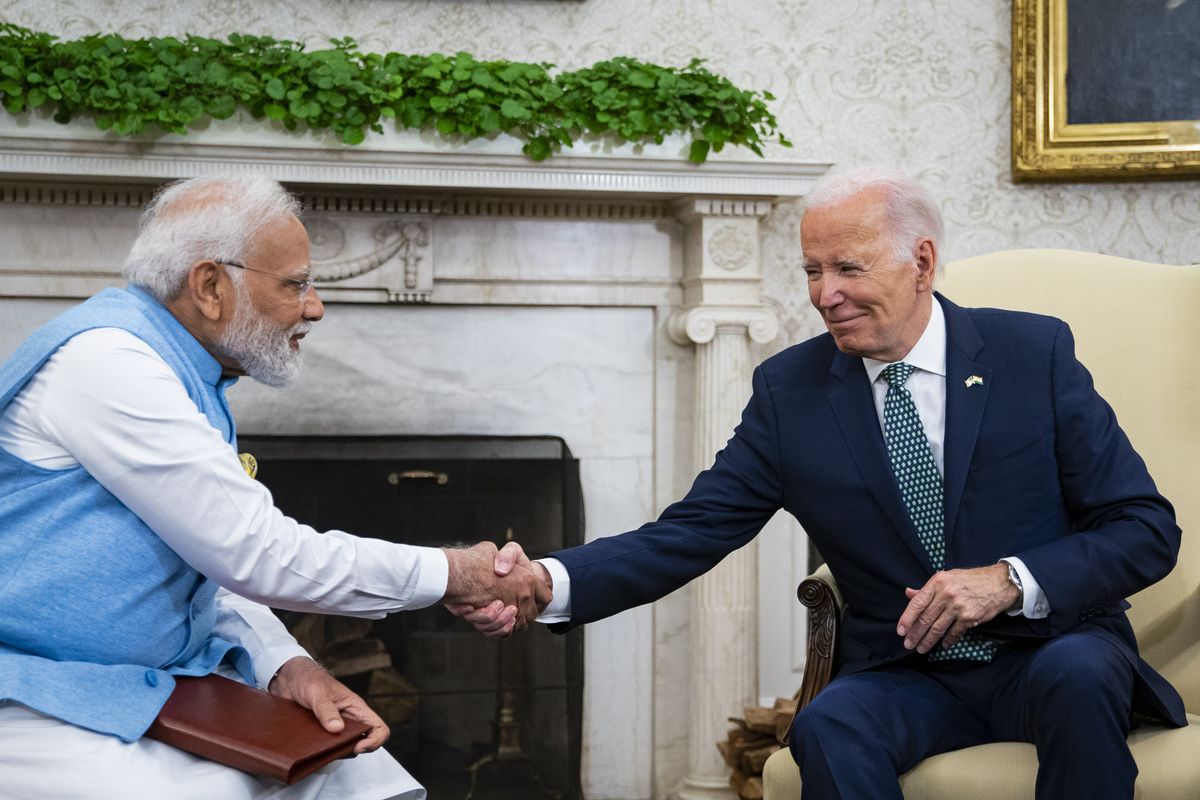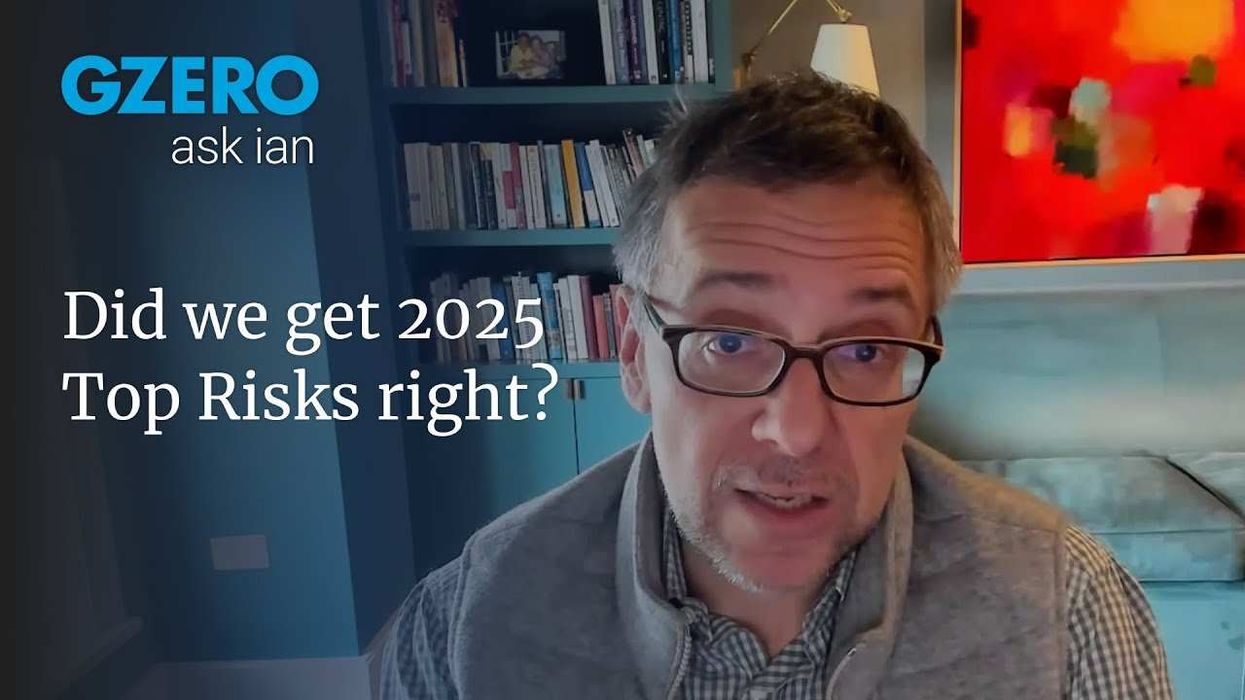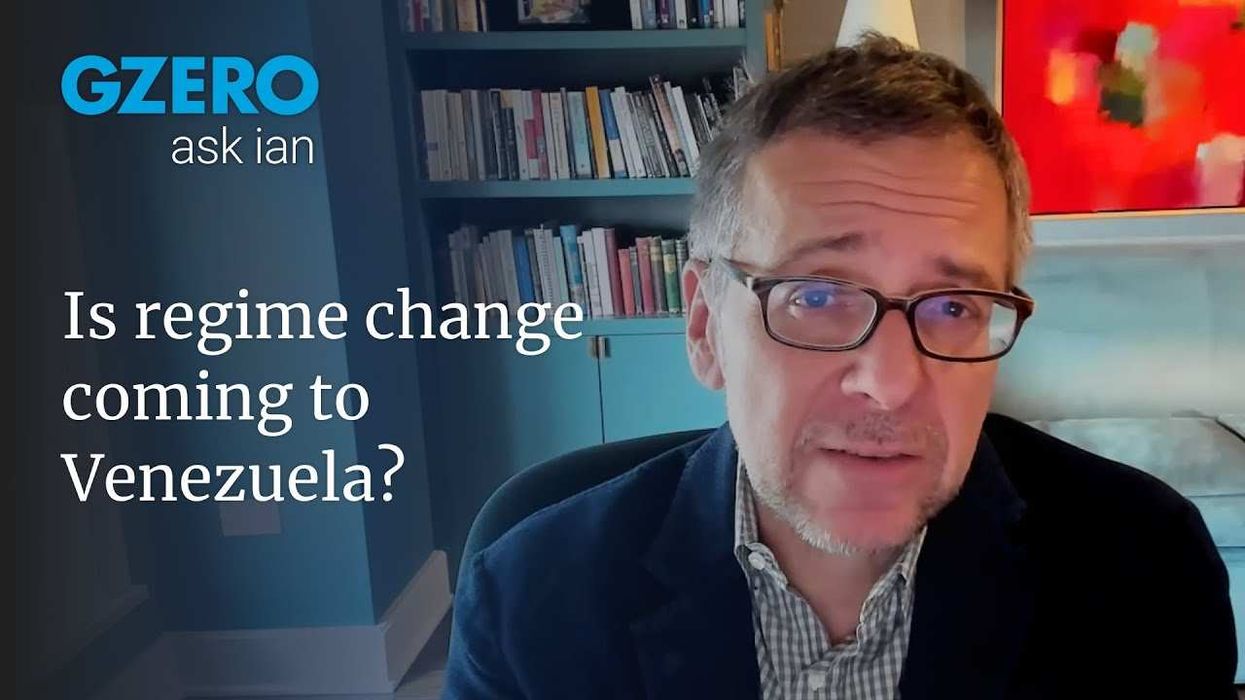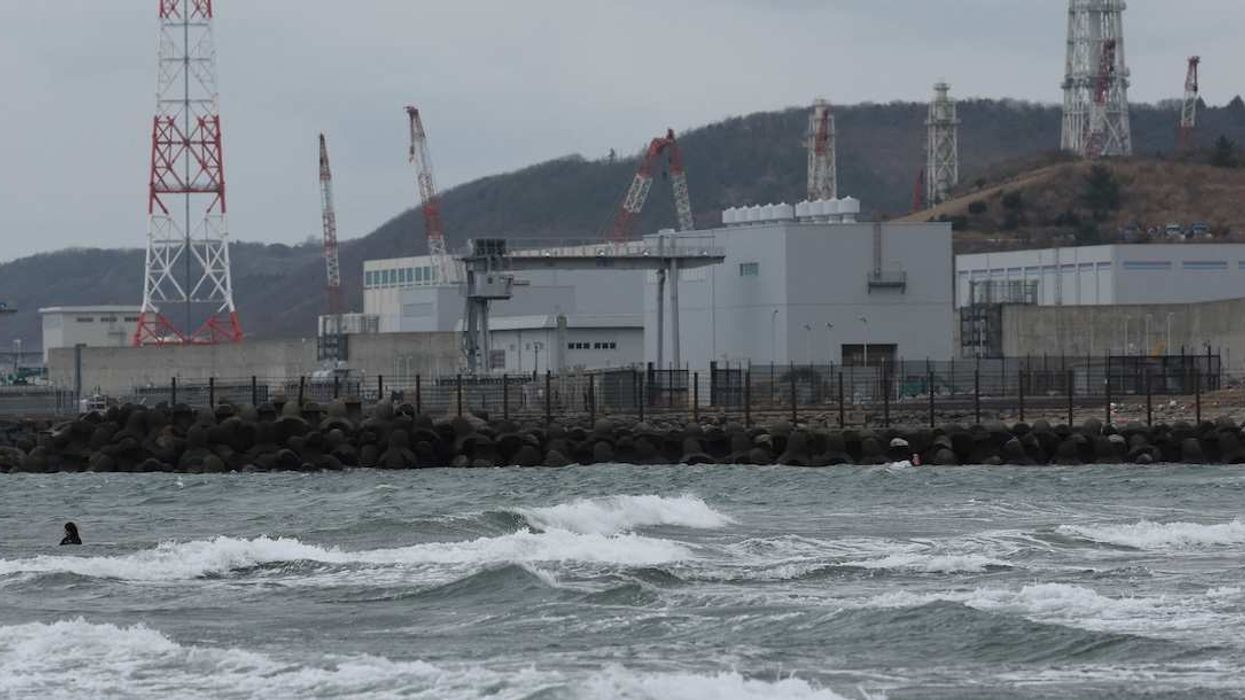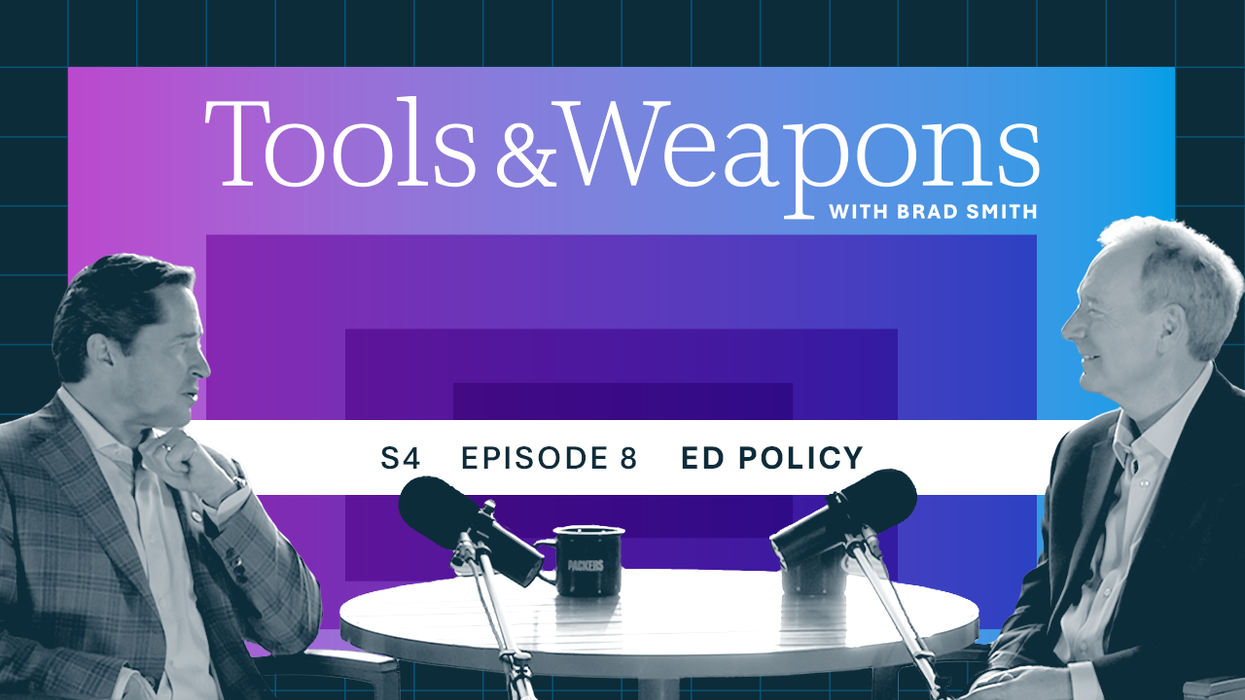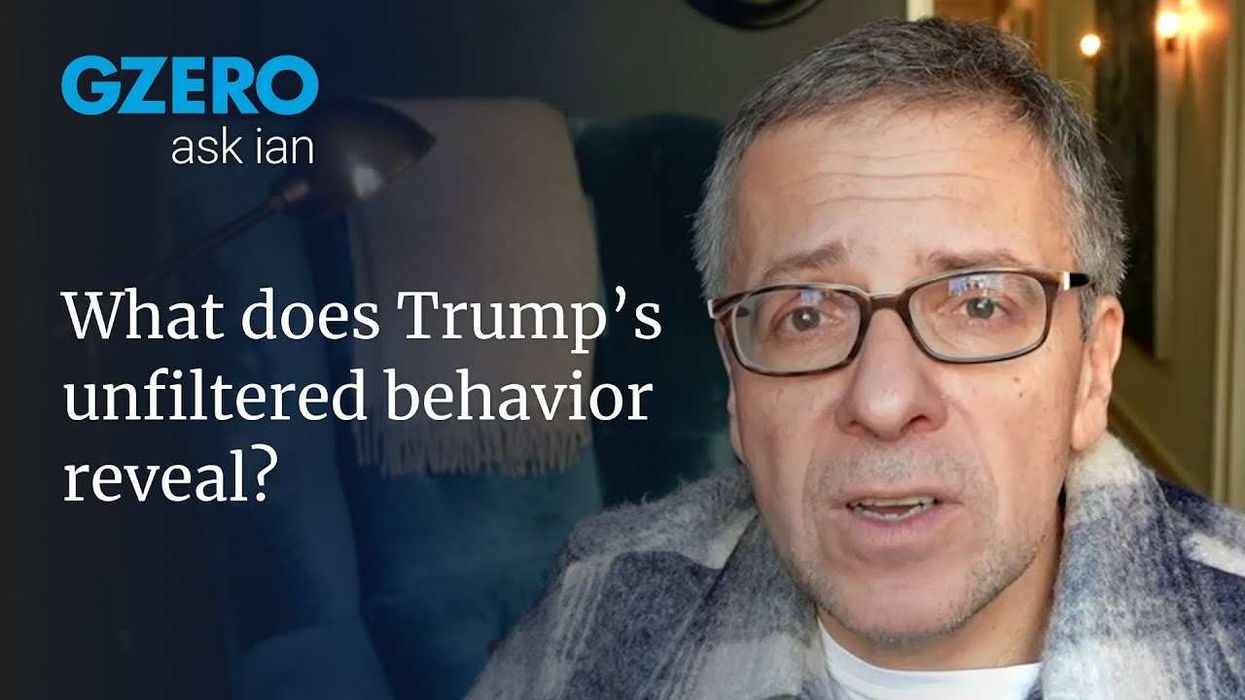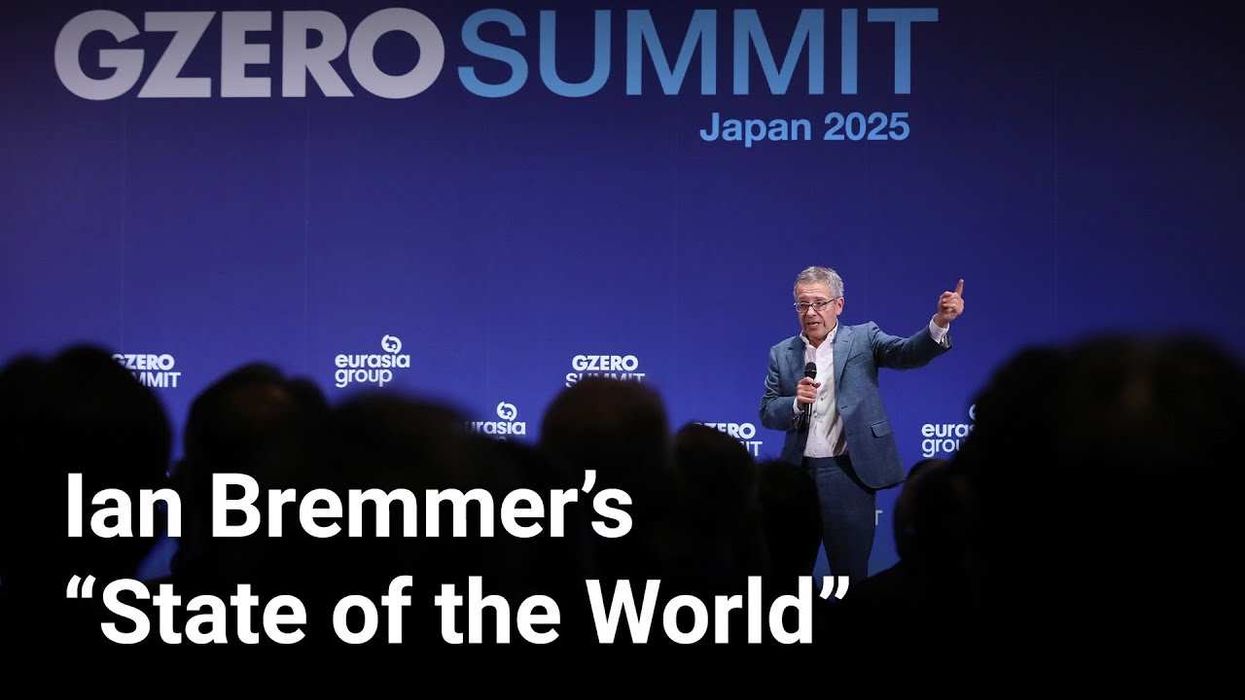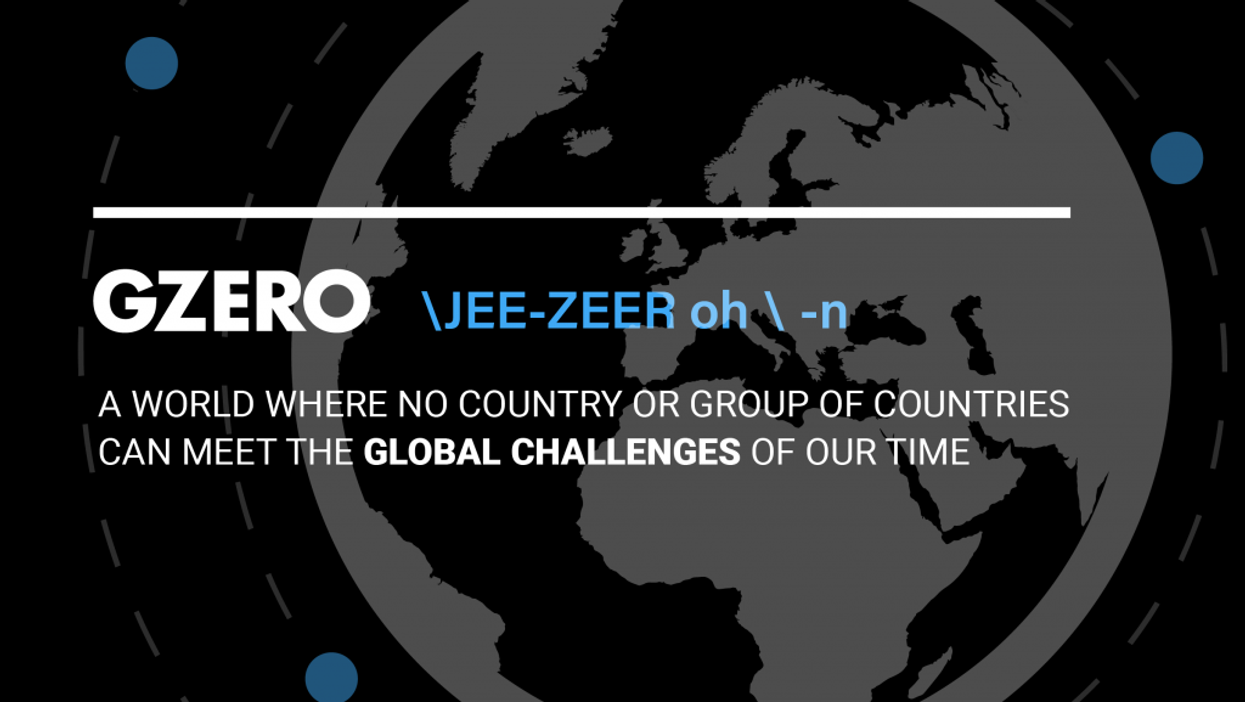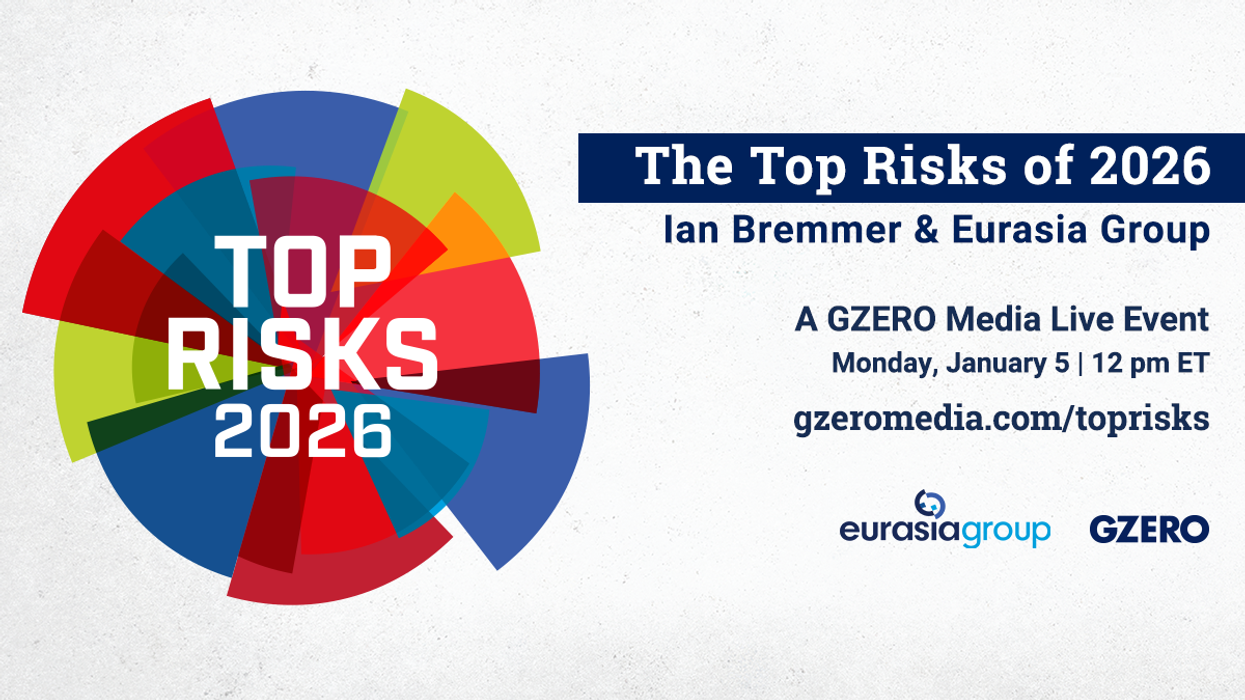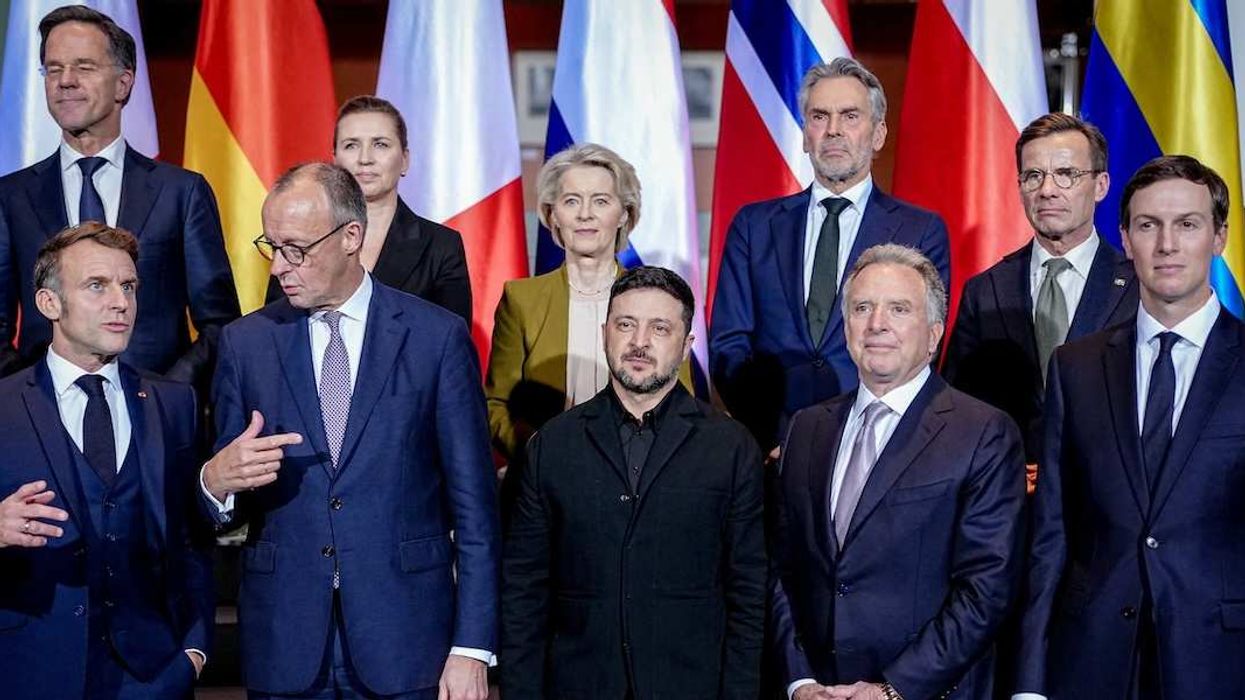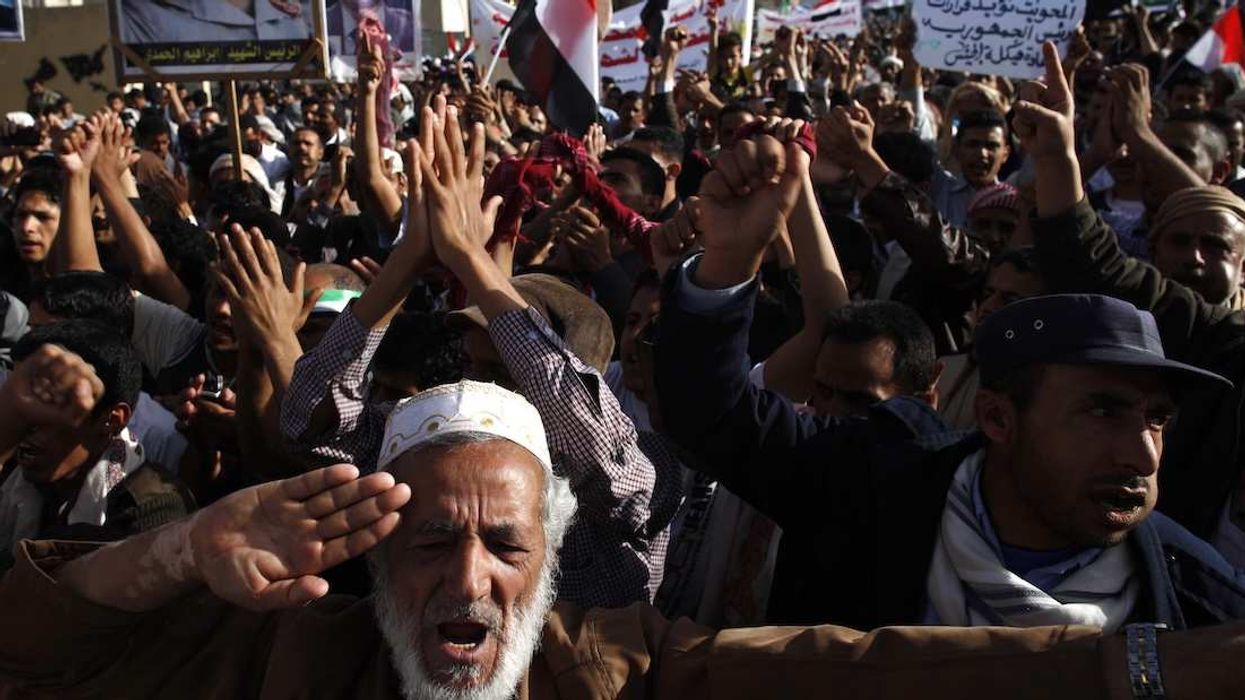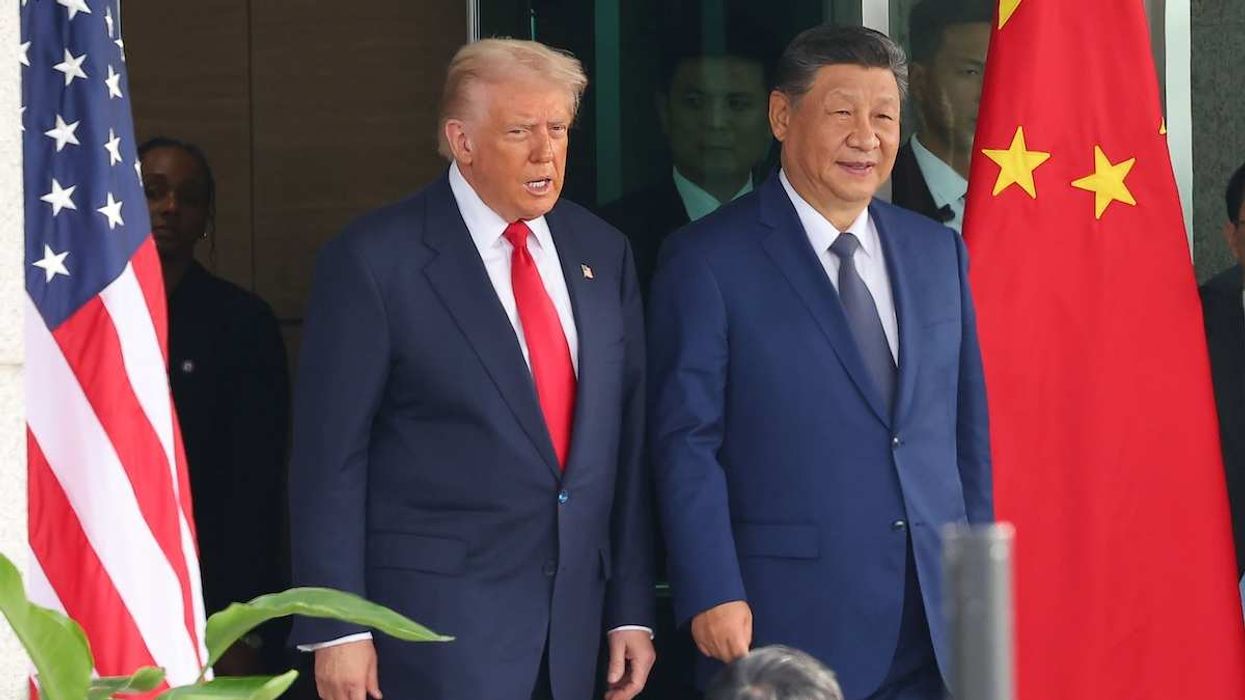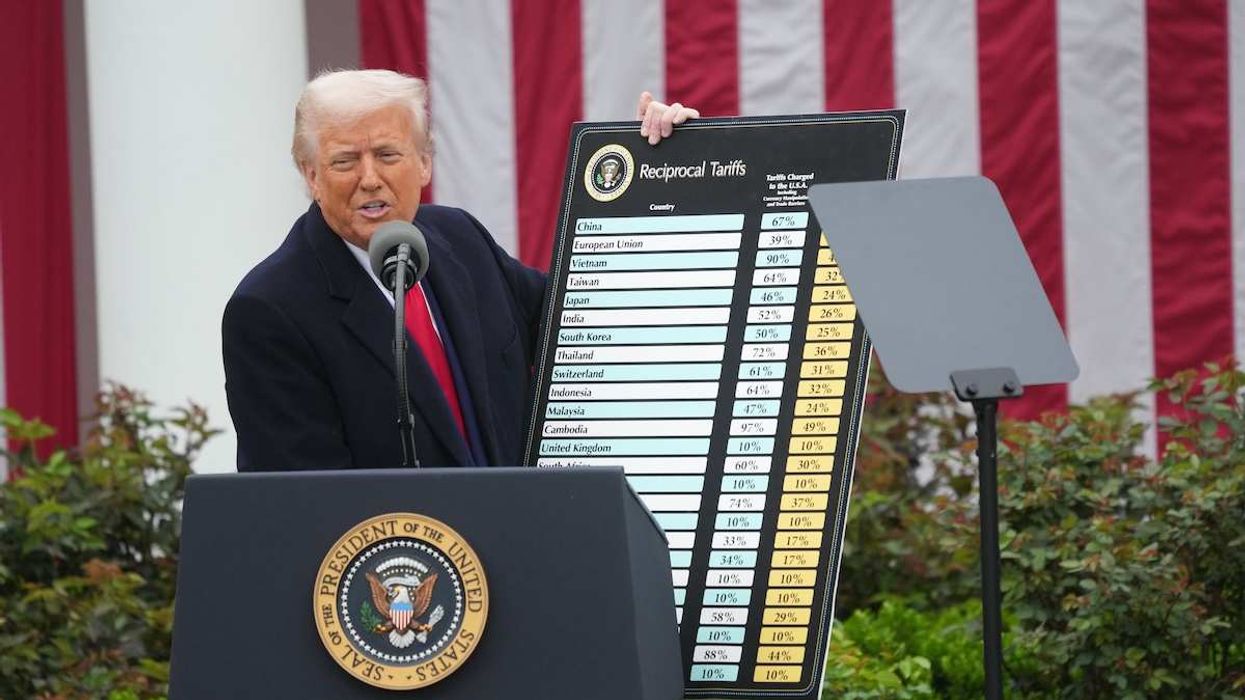In 2018, the two countries launched the “2+2 Dialogue” to boost defense cooperation and align policy objectives in the Indo-Pacific. India is still reeling from a skirmish in June 2020 — along the 2167-mile unmarked and disputed Himalayan border it shares with China — during which India’s military performed poorly and 20 of its soldiers died. Relations between the two nuclear-armed countries have since soured, giving the US and India a common cause in deterring Chinese aggression.
China has taken the US and India from distant allies to close partners — with the two conducting joint military exercises, working to strengthen the Indo-Pacific Quad alliance, and hosting each other for glitzy state visits. The US has even shown a willingness to overlook India’s human rights transgressions and prioritized deepening ties over Canada’s calls for the US to respond to India allegedly killing a Sikh community leader on Canadian soil.
The meetings are expected to solidify ongoing deals for the US and American companies to produce engines for Indian fighter jets and supply MQ-9 predator drones. , and build semiconductor manufacturing.